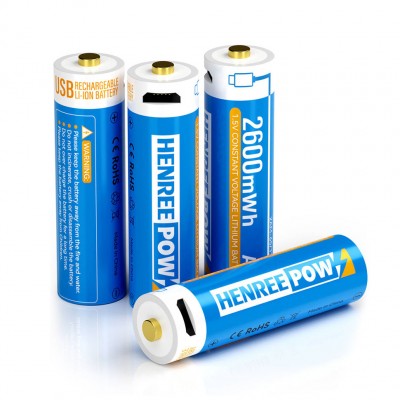In today's rapidly developing field of technology, batteries play a crucial role as energy storage and release components, with nickel-metal hydride (NiMH) batteries standing out for their environmentally friendly, efficient, and safe features. This article will delve into the development history, functional characteristics, and application prospects of NiMH batteries.
1. Development History of Nickel-Metal Hydride Batteries
Nickel-metal hydride batteries originated in the 1970s and were initially utilized in space exploration missions. Over time, with advancements in technology and cost reduction, they gradually found applications in various commercial sectors. Here are the key stages of NiMH battery development:
1.1 Initial Research Stage
In the 1970s, NiMH batteries were first employed in human lunar missions, providing power support for spacecraft. At this early stage, their technology was rudimentary and primarily tailored for specific space missions.
1.2 Commercialization Phase
By the early 1990s, NiMH batteries began to gain traction in commercial applications as their technology matured. They found applications in portable electronic devices, drones, electric vehicles, among others, becoming a mainstream alternative to lead-acid and nickel-cadmium batteries.
1.3 Technological Improvement and Optimization
In recent years, with the rapid advancement of energy storage technology, NiMH batteries have undergone continuous improvement and optimization. New electrode materials, electrolyte enhancements, and manufacturing processes have significantly enhanced their energy density, cycle life, and safety, driving their widespread application across various sectors.
2. Functional Characteristics of Nickel-Metal Hydride Batteries
2.1 Environmental Friendliness

NiMH batteries do not contain heavy metals like cadmium, making them more environmentally friendly compared to traditional nickel-cadmium batteries. Their composition primarily consists of nickel and hydrogen, resulting in minimal environmental pollution and facilitating easier recycling.
2.2 High Energy Density
Compared to lead-acid batteries, NiMH batteries boast higher energy density, allowing them to store more energy within a smaller volume. This leads to longer device usage times and increased efficiency.
2.3 Safety
NiMH batteries lack flammable or explosive liquid electrolytes, rendering them safer compared to lithium-ion batteries. They are less prone to overheating, short circuits, and other safety issues during charge and discharge processes, ensuring reliable use.
2.4 Long Cycle Life

NiMH batteries exhibit long cycle life, capable of undergoing thousands of charge-discharge cycles while maintaining stable performance. This longevity makes them advantageous for applications requiring prolonged usage, such as electric vehicles and energy storage systems.
3. Application Prospects of Nickel-Metal Hydride Batteries
3.1 Electric Transportation

With the growing demand for clean energy, NiMH batteries serve as a crucial power source for electric vehicles due to their high energy density and safety features.
3.2 Renewable Energy Storage
NiMH batteries hold promise in energy storage systems, where they can store renewable energy such as solar and wind power, providing stable power support and facilitating the widespread adoption of renewable energy sources.
3.3 Portable Electronic Products
As the demand for portable electronic devices like smartphones and tablets continues to rise, NiMH batteries offer a viable power solution due to their environmentally friendly and safe characteristics.
Conclusion
Nickel-metal hydride batteries, with their environmentally friendly, efficient, and safe energy storage technology, are gaining widespread application across various sectors. With ongoing technological advancements and increasing market demand, NiMH batteries are poised to play an increasingly important role in future developments.











